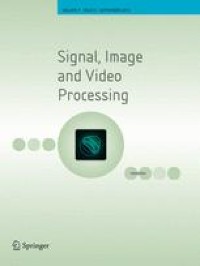Abstract
With the present-day rapid evolution of digital technology, images have become one of the most important means of communication and information carrier in our society. Since the last decade, with the emergence of social networking sites like Facebook, Instagram, Twitter, etc., there has been a huge increase in the amount of information exchanged in the form of digital images, on a regular basis. While traditionally we might have had faith in the credibility of these images, today's digital technology has begun to erode that faith. Before sharing an image over social networks, editing it with relevant software application has become one of the simplest things to do today. While not many people do this with any sinister intent behind, there has been a significant increase in cybercrimes related to malicious image manipulation and sharing. To this end, image splicing has emerged as one of the major forms of image manipulation attacks, among others today. This dema nds investigation of intrinsic differences between authentic and forged images and hence development of automated splicing detection tools. Here, we propose a blind image splicing detection technique that employs a deep convolutional residual network architecture as a backbone, followed by a fully connected classifier network, that classifies between authentic and spliced images. The classifier networks have been evaluated using the CASIA v2.0 dataset. Both are proven to yield accuracies more than 96% on an average, having surpassed the state-of-the-art results.



Δεν υπάρχουν σχόλια:
Δημοσίευση σχολίου
Σημείωση: Μόνο ένα μέλος αυτού του ιστολογίου μπορεί να αναρτήσει σχόλιο.